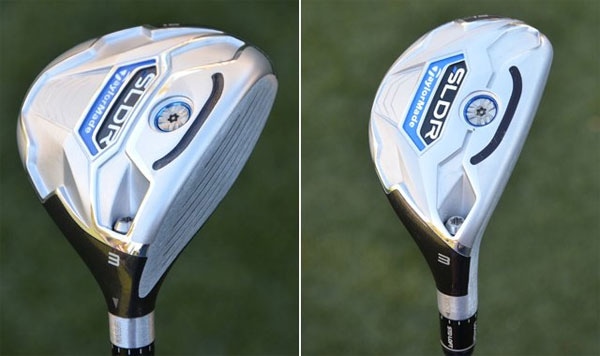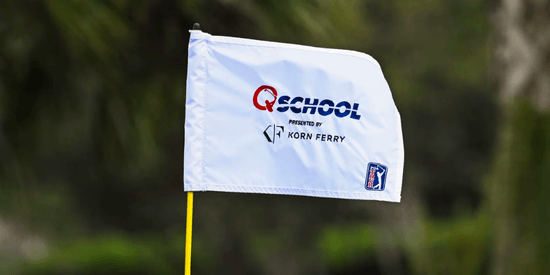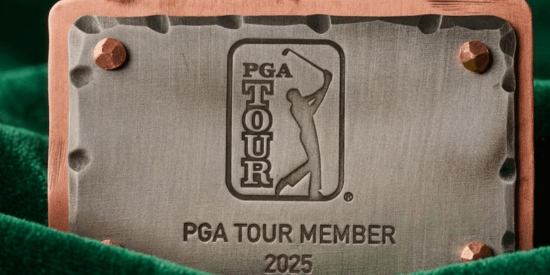TaylorMade SLDR fairway woods, rescue review
10/31/2013 | by Golfweek
see also: Equipment Reviews

Golfweek's David Dusek examines TaylorMade's release of the SLDR fairway woods and rescue clubs
By David Dusek, Golfweek
The SLDR driver was released in mid-2013, and two things made it different than recent TaylorMade drivers. The first was a sliding weight in the sole that gave the SLDR (commonly referred to as “The Slider”) either a draw or a fade bias. The second was the club’s center of gravity (CG) position, which was more forward than other TaylorMade drivers. According to the company, shifting the CG down and forward created less spin and increased ball speed.
While the five SLDR fairway woods that will arrive in stores Nov. 15 do not feature the sliding weight found in the driver, TaylorMade has designed the CG position in all of them to be more forward to reduce spin. TaylorMade also gave the clubs an updated version of the channel found in the company’s RocketBallz and RocketBallz Stage 2 fairway woods.
“The secret of the new SLDR fairway woods is the position of the CG and the new SpeedPocket,” said Tom Kroll, TaylorMade Golf's product evangelist. “That combination is going to give you the high-launch, low-spin ball flight and give you a really strong-performing fairway wood.”
The RocketBallz and RocketBallz Stage 2 fairway woods featured a slot in the sole that allowed the clubface to flex more at impact, but Kroll says the slot in the all-stainless steel SLDR is more effective because, unlike those other two fairway woods, the SLDR’s face is completely unsupported.
“When you talk about flexing (at impact), the face does not have any resistance and it can flex freely now, whereas before, it was really a channel,” Kroll said. “The updated SpeedPocket has been able to increase speed and increase consistency across the entire face.”
Kroll said that some golfers found grass and debris getting caught in the channels in the RocketBallz and RocketBallz Stage 2, but he said that shouldn’t be an issue with the SLDR fairway woods because the SpeedPocket is covered by a polymer.
Many players who switched to the SLDR driver found they needed to add loft because the club’s forward CG position created a lower ball flight, but Kroll says the SpeedPocket’s flex offsets that effect in the fairway woods; they actually send the ball a little higher.
Still, Kroll encourages golfers to try several models and consider a higher-lofted model.
“We’re finding that 17-degree fairway woods are ideal for a larger group of people than actually play them today,” Kroll said. “Where 15 degrees had been the norm, it’s migrating to higher lofts.”
Thanks to an adjustable sleeve, golfers can fine-tune the loft of their SLDR fairway woods, adding or reducing up to 1.5 degrees of loft with the included torque wrench.
The SLDR fairways will come standard with the Fujikura Speeder 77 graphite shaft for $249 and be available in five lofts (14, 15, 17, 19 and 21 degree). The SLDR TP fairway woods come with a Fujikura Motore Speeder TS 8.3 shaft for $349.
TaylorMade said Justin Rose and D.A. Points put SLDR fairway woods into play at the Tour Championship at East Lake in September, and Jimmy Walker used one in the final two rounds at the Frys.com Open en route to victory.
The SLDR Rescue clubs also will be available Nov. 15, and these too are made from stainless steel. They have the same adjustable hosel system that allows golfers to change loft up or down by up to 1.5 degrees and a forward CG position that TaylorMade says helps increase ball speed.
The SLDR Rescue clubs also have a polymer-covered channel in the sole that allows the face to flex more at impact, which TaylorMade says helps enlarge the sweetspot.
“If you have a RocketBallz Rescue club, you’ll notice that this club hits the ball higher,” he said.
Kroll said that developing hybrids that produce higher shots from the fairway and the tee is a good thing, providing a steeper angle of descent to stop the ball more effectively on a green.
The SLDR Rescue clubs will be available in four models – a 2 (17 degree), 3 (19 degree), 4 (21 degree) and 5 (24 degree) – and come standard with a Fujikura Speeder 82 shaft for $219. The SLDR TP Rescue will be equipped with the Fujikura Motore Speeder TS 9.3 shaft for $289.
Most Popular Articles

2025 PGA TOUR Q-School Guide: Sites, Scores, and Who Advanced
Dec 5, 2025Second Stage is complete and Final Stage awaits at Sawgrass — follow every Q-School leaderboard and the players still chasing
2025 LPGA TOUR Q-Series: Final Qualifying Stage FINAL SCORING
Dec 8, 2025Helen Briem earns medalist honors, 31 players headed to the LPGA next year
2025 PGA TOUR Q-School Final Stage: Ewart Leads Five New TOUR Card Winners
Dec 14, 2025A.J. Ewart topped Final Stage at TPC Sawgrass, leading five players who secured PGA TOUR membership for 2026.
Australian Open at Royal Melbourne: Preview, amateur bios, and how to watch
Nov 30, 2025Rory McIlroy headlines one of the championship's top fields in years - at least four amateurs will have their chance at gloryInside Gil Hanse’s Restoration of Baltusrol’s Upper Course: A Return to Tillinghast’s
Dec 11, 2025Renowned architect Gil Hanse reveals how he brought Baltusrol’s Upper Course back to life by honoring A.W. Tillinghast’s originalLoading latest news...
